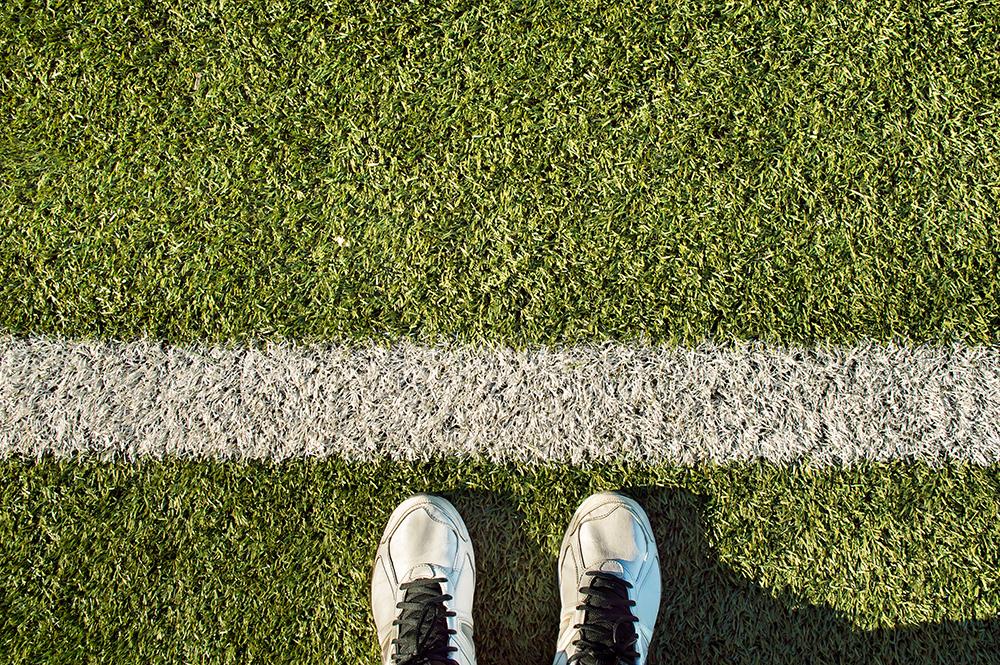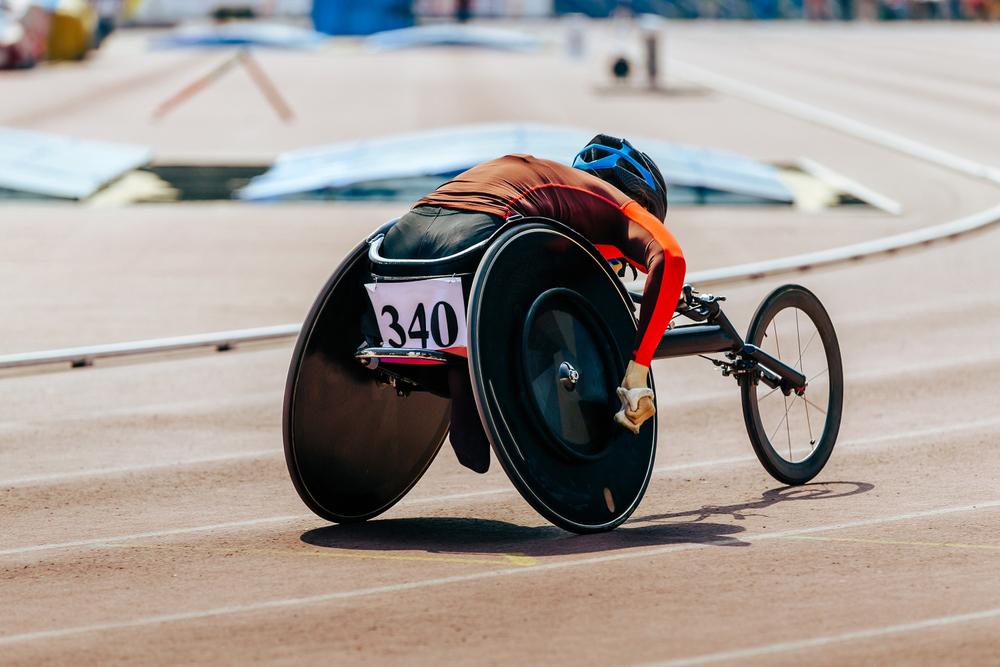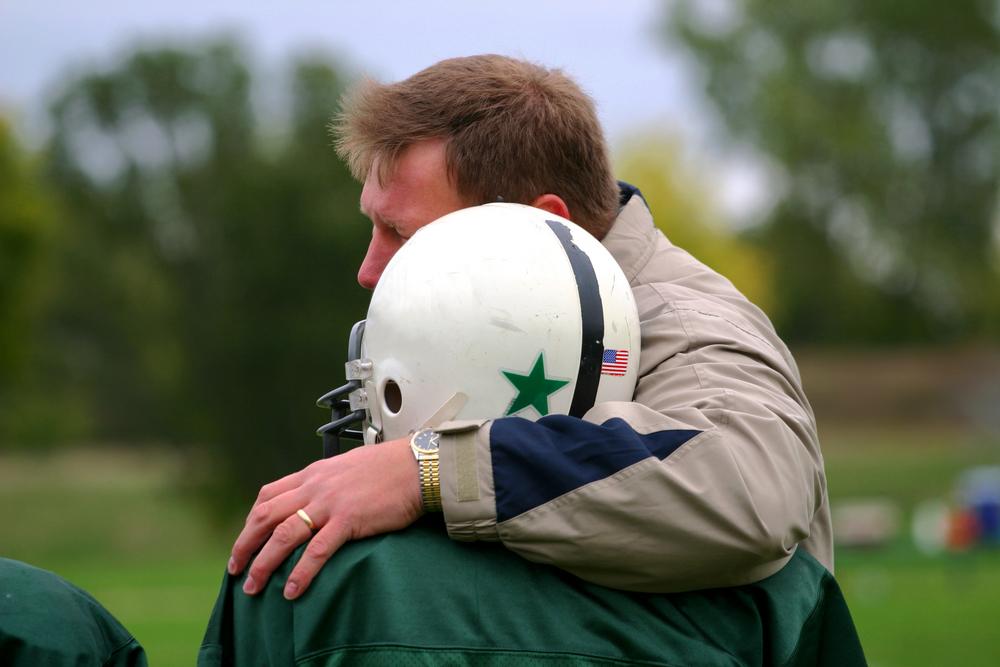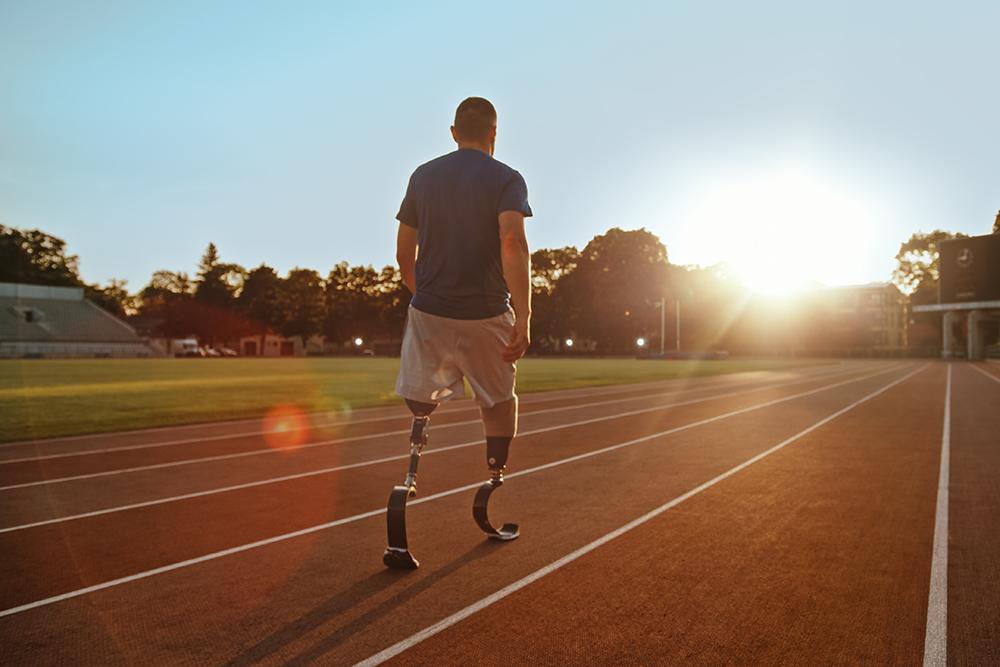 Between school, sports, social activities, and life at home, student-athletes have a lot of responsibilities that are often associated with high expectations and pressure. Knowing how to draw healthy boundaries for themselves is essential to their mental wellbeing and physical health.
Between school, sports, social activities, and life at home, student-athletes have a lot of responsibilities that are often associated with high expectations and pressure. Knowing how to draw healthy boundaries for themselves is essential to their mental wellbeing and physical health.
In her TED Talk, Sarri Gilman, LMFT and psychotherapist explains, “Self-care is a much bigger landscape than eating and exercise. Self-care is how you treat yourself. It’s how you find enjoyment, play, happiness, balance, rest, and companionship.”
Oftentimes, student-athletes feel pressured to continue adding to their already stacked schedule due to the unrealistic expectations placed on them by parents, coaches, teachers, or friends. Moreover, many haven’t been taught how to maintain healthy boundaries to protect themselves on a mental, emotional, and physical level.
But what are healthy boundaries?
According to Newport Academy, having healthy boundaries can be defined as guidelines that each of us creates for ourselves to better manage our actions and interactions with others.
Establishing healthy boundaries allows your athletes to practice self-care and self-respect, while empowering them to be assertive in their decision-making by knowing what they want, need, and are willing to accept when it comes to interacting with others.
Here’s how and why you should encourage your athlete to take a proactive stance on their overall wellbeing by setting healthy boundaries for themselves.
Beat Burnout
With nearly 8 million student-athletes participating in high school sports, it’s inevitable that a percentage of them will experience burnout at some point.
A study suggests that burnout results from student-athletes feeling entrapped by sport, a state characterized by decreasing sport attraction combined with a sense of obligation to remain involved.
Protect the well-being of your student-athlete and beat burnout by encouraging them to set firm boundaries, as the only treatment for burnout is rest. For example, let them know that just because they CAN attend an extra practice after school, that doesn’t necessarily mean that they SHOULD.
Help take some of the pressure off your athlete and challenge them to reflect on what is most important to their health, especially when they’re on the brink of exhaustion.
Prevent Emotional Fatigue
Trying to find the right balance between their many commitments can lead to significant mental stress on a young adult – which can easily push them to experience fatigue on an emotional level.
Gilman recommends that in order to preserve emotional and overall health, you need to “pay attention to your mental health and take your mental health seriously, as your immune system is impacted by your thoughts and feelings, so don’t ignore them. Do everything you can to make your mind a happier, healthier, and more peaceful and comfortable place to be.”
For example, if you notice your young athlete exhibiting signs of stress from their sport, and you know they enjoy other activities outside of sport, encourage them to pursue another skill or hobby that takes their mind off the demands of the sport and makes them happy.
Remember, the first step to helping your athlete set boundaries around their emotional health is learning what they need to feel calm and at peace with everything going on around them. Another good way for parents to model healthy emotional boundaries is to take ownership of their own feelings as well.
Avoid Physical Injury
Without clearly defined boundaries when it comes to sport practice and competition, student-athletes are susceptible to overtraining syndrome, a condition of maladapted physiology in the setting of excessive exercise without proper rest.
One of the most-telling warning signs of overtraining syndrome is when you notice your athlete’s sport performance deteriorating even when it’s clear they are exerting much more effort during their training and game-day competitions. This overexertion can result in an overuse injury, which is defined as a microtraumatic damage to bone, muscle, or tendon caused by repetitive stress without adequate time for recovery and reparation.
When it comes to setting boundaries to prevent injury, help your athlete prioritize their health and identify what works and doesn’t work on an individual, personalized level.
CASE STUDY
Kara Winger, a three-time Olympic javelin thrower, learned the hard way to define healthy goals and boundaries for her nutrition, training, recovery, and mindset.
“I had an experience where I tried to be really lean. Going into Olympic trials in 2012, I had been very lean for about two seasons. Vanity played a role in that because I wanted to be your stereotypical female athlete with a six-pack, but it very negatively impacted my performance.”
By the time Winger competed at Olympic trials, she had been training at a nutritional deficit for a long time. Although she reached her goal of becoming a much leaner athlete, she ended up with weaker performances and an ACL injury.
Since recovering from the ACL injury, Winger has adjusted her nutrition plan to best suit her individual needs as an athlete.
“There’s nothing more powerful to me than knowing at my very core what my amazing body is capable of when it’s time to perform. No arbitrary clothing size can take that feeling of success away from me, and no one else’s opinion matters in that moment.”
“It’s all about feeling good, feeling powerful, and feeling strong. Caring what other people think about your body is an exercise in madness. Seek your own acceptance.”
Gilman encourages everyone to stay accountable to themselves and to “listen to your authentic ‘Yes’ and ‘No.’ To set boundaries where you need them, because your boundaries have one job – to take care of you.”
Teaching young athletes how to set healthy boundaries for themselves is a life skill that will not only boost their mental wellness, but also improve their self-awareness, self-confidence, and decision-making skills in the future.



